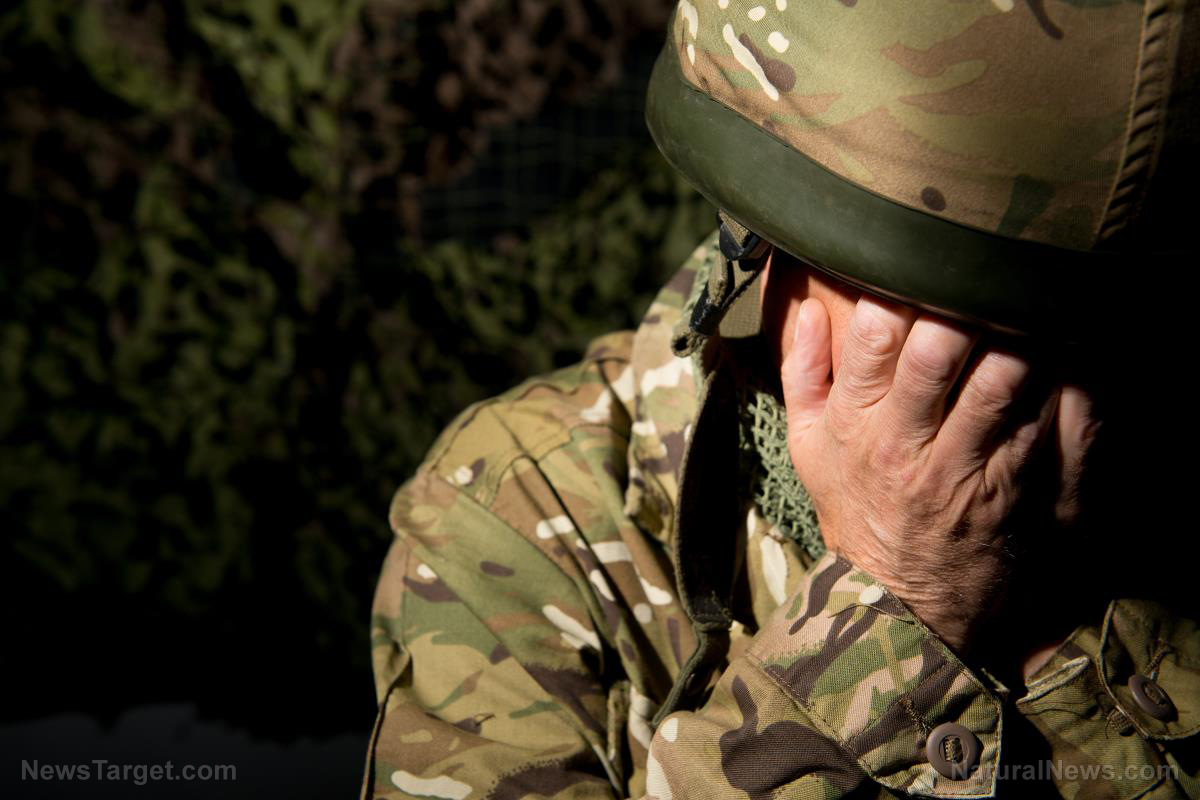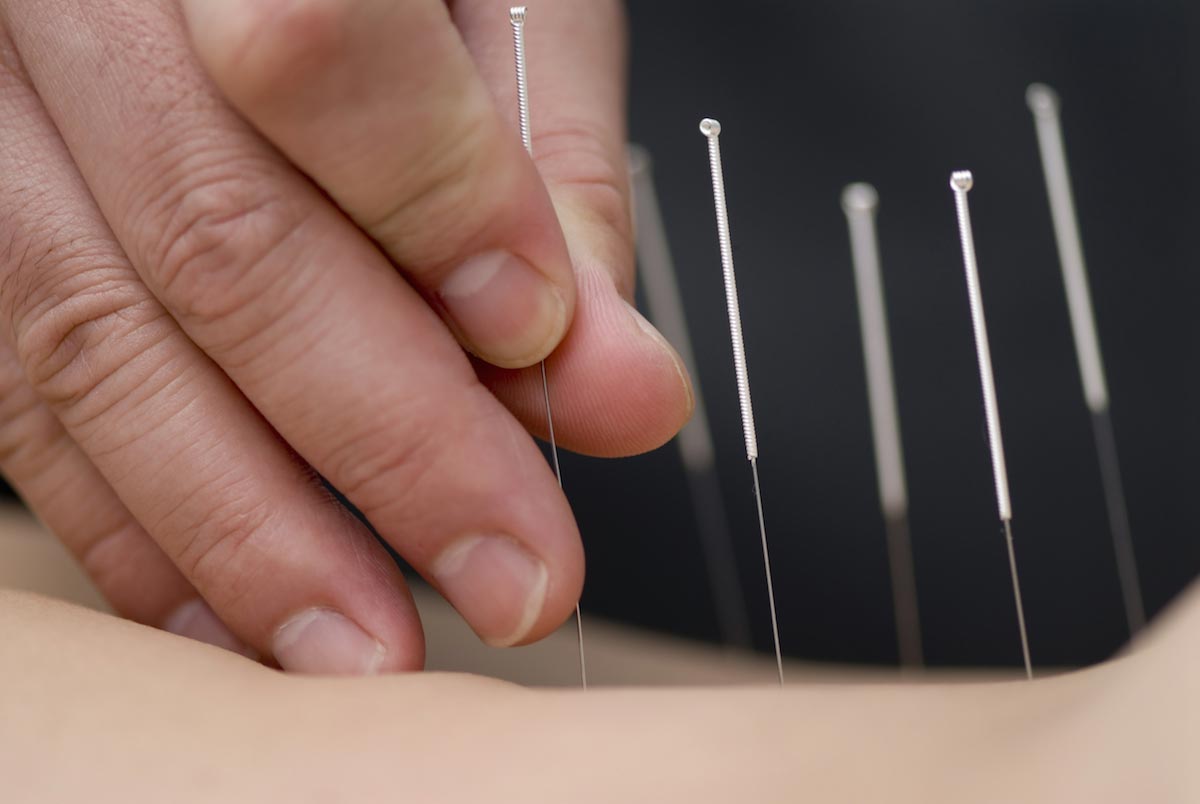Treating veterans’ pain with Big Pharma opioids is proving to be deadly and has to stop NOW
11/18/2017 / By JD Heyes

Long careers in the military have always been difficult due to the very physical nature of the vocation, but service has been particularly tough in recent years due to overseas contingency operations.
Lengthy wars in Iraq and Afghanistan, along with operations in Africa, Europe, and Asia, have taken their toll on the men and women who sacrifice much to serve in the armed forces. For many of these vets, they’ve been left with injuries and wounds that will plague them for the rest of their lives.
One of the military’s primary ways of treating veterans’ chronic pain is through opioids, but recent statistics prove this is a terrible treatment protocol for many reasons, not the least of which because opioid use (and abuse) by vets is killing many of them.
In a column for the New York Observer, Ken Blaker writes that “bandaging” military members’ pain with opioids is a deadly prospect and ought to be stopped immediately.
“In his 1961 novel Joseph Heller coined the term Catch-22 by describing a military rule that placed airmen in a double bind — unable to solve a problem because of the circumstances inherent in a problem. For Veterans in 2017, opioid abuse is the most devastating Catch-22,” he wrote.
He noted that current data shows that veterans, who are subject to high levels of trauma and mental health issues, are dying of opioid overdose at twice the rate of the general population — a stunning statistic given that the general population is dying at a high rate due to opioid overdose.
The VA’s Office of Inspector General published a report over the summer that makes, among others, a recommendation for stricter guidelines for prescribing opioids, as well as better use of electronic medical records to provide for greater tracking.
The power of the elements: Discover Colloidal Silver Mouthwash with quality, natural ingredients like Sangre de Drago sap, black walnut hulls, menthol crystals and more. Zero artificial sweeteners, colors or alcohol. Learn more at the Health Ranger Store and help support this news site.
However, notes Blaker, these are just minor steps that will only minimally reduce the abuse epidemic because they are not (so far) tied to “drug-free treatments that enhance the health and lives of veterans,” he wrote.
“Opioids have become the magic bullet for treating pain,” added. “In 2001 the Joint Commission on the Accreditation of Healthcare Organizations introduced standards for helping pain patients that encouraged increased use of opioids.
“The report downplayed the risk of addiction, and virtually suggested that access to opioids is a patient’s right. But of course specific drugs are not a right. Rather, patients are entitled to the best treatments that do the least harm,” he said.
As Natural News reported in September, a comprehensive study validated “the impact opioid abuse has had on our country, with results suggesting that from 2009 to 2015, overdose-related ICU admissions increased by 34 percent and the cost per ICU treatment rose by 58 percent.”
Further, the study found, the number of opioid deaths during the same period within ICUs almost doubled. (Related: New report claims opioids killed more Americans last year than the entire Vietnam War… worst is yet to come.)
The study’s lead author, Dr. Jennifer P. Stevens, wrote that the study “tells [the public] that the opioid epidemic has made people sicker and killed more people, in spite of all the care we can provide in the ICU, including mechanical ventilation, acute dialysis, life support and round-the-clock care.”
Now, as Blaker notes, the epidemic is hitting the veteran community even harder, percentage-wise, and even cited one heart-breaking case as an example.
“One of my chiropractic students worked for months with a collaborative team to wean a wounded soldier off of his high doses of opiates,” Dr. William Morgan, a veteran himself who once served as the chiropractor to the United States Capitol treating members of the U.S. Congress and the Supreme Court, told Blaker.
“Once off the drugs, he was relatively pain-free for several months. One night he had a relapse and was in intense pain and went to the emergency room,” Morgan continued. The ER doctor reviewed the patient’s chart and re-prescribed the patient’s previous dose of opiates. The patient was dead the next morning.”
Blaker concluded that the country owes veterans something much better than this — and he’s right.
Find more news coverage of the opioid epidemic at Opioids.news.
Sources include:
Tagged Under: addiction, Big Pharma, disease treatment, drug abuse, drug deaths, medical violence, opioid epidemic, Opioids, veteran's healthcare, veterans




















